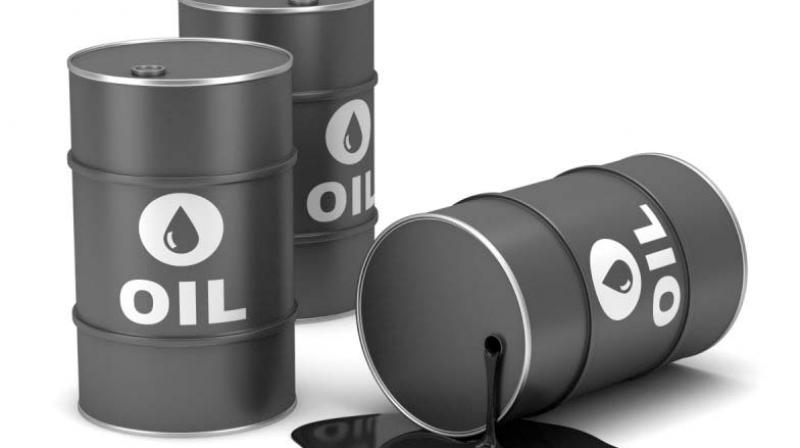Oil prices firm amid OPEC supply cuts, US sanctions on Iran and Venezuela

Singapore: Oil prices were firm on Friday, supported by ongoing supply cuts led by producer club OPEC and by US sanctions on petroleum exporters Iran and Venezuela.
International Brent crude oil futures were at USD 71.01 per barrel at 0042 GMT, up 18 cents, or 0.3 per cent, from their last close.
US West Texas Intermediate (WTI) crude futures were at USD 63.78 per barrel, up 20 cents, or 0.3 per cent, from their previous settlement.
“We see Brent and WTI prices averaging USD 75 per barrel and USD 67 per barrel respectively through the rest of this year, but risk is asymmetrically skewed to the upside,” RBC Capital Markets said in a note.
“Geopolitically infused rallies could shoot prices towards or even past the $80 per barrel mark for intermittent periods this summer,” the Canadian bank said.
Oil markets have been pushed up by more than a third this year by supply cuts led by the Organization of the Petroleum Exporting Countries (OPEC), US sanctions on oil exporters Iran and Venezuela, and escalating fighting in Libya.
Production in Venezuela has been plunging as the US sanctions add to a deep economic and political crisis, while the US government is expected to tighten oil sanctions against Iran in May.
“Electrical outages added a further hurdle to Venezuelan production, which fell by 290,000 barrels per day in March to 732,000 barrels per day. Iranian production was stable at 2.7 million barrels per day, (but) could take a further hit if the US cuts import waivers in May,” said Jefferies bank on Friday.
OPEC and its allies will meet in June to decide whether to continue withholding supply, and while OPEC’s de-facto leader, Saudi Arabia, is seen to be keen to continue cutting, sources with the group said it may raise output from July if disruptions elsewhere continue.
On the demand side, most of the world’s growth in fuel consumption is coming from Asia.
“China and India comprise nearly 55 per cent of global demand growth. Throw in the rest of emerging Asia and the figure balloons to 80 per cent,” said RBC Capital Markets.
“While macro fears of an economic hard landing may be overblown, the concentration risk of global oil demand remains underappreciated,” it added.

